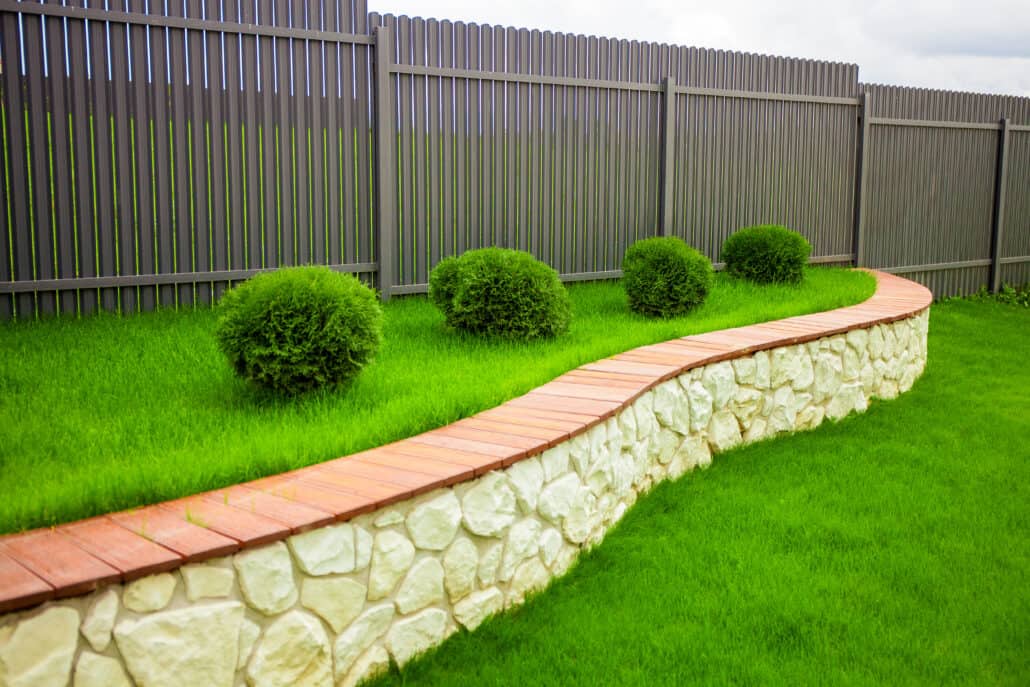All Categories
Featured

Selecting the right secure fencing product for your home is a choice that stabilizes aesthetic appeals, performance, and budget plan. Amongst one of the most popular alternatives, wood, vinyl, and light weight aluminum each offer unique advantages and disadvantages. Recognizing these can help you make an enlightened option that lines up with your demands. Right here's a break down of the pros and disadvantages of these 3 common fencing products.
Timber Fencing. Wood fencing has actually been a classic option for house owners due to its natural appeal and adaptability.
Pros:. Aesthetic Appeal: Timber uses a warm and classic appearance that enhances a range of building styles. Personalized: It can be painted, discolored, or cut right into unique layouts to match individual preferences. Affordable: Initially, wood fence can be a budget-friendly alternative compared to other products. Eco-Friendly: Timber is an eco-friendly resource and can be sustainably sourced. Disadvantages:. High Upkeep: Timber needs regular sealing, discoloration, or paint to protect against rot, insect damages, and weathering. Durability Problems: Without correct treatment, timber can warp, fracture, or decay in time, specifically in locations with high moisture. Shorter Life expectancy: A timber fencing commonly lasts 10-20 years, depending upon the sort of timber and level of upkeep. Wood is suitable for those that value a conventional look and agree to dedicate to its maintenance.
Vinyl Secure Fencing. Plastic is a modern, low-maintenance fence choice that has grown in popularity over the last few years.

Pros:. Low Maintenance: Plastic does not require painting, discoloration, or sealing and can be easily cleaned with soap and water. Weather Resistant: It endures severe weather without deteriorating, rusting, or warping. Durable: Vinyl fencings can last 20-30 years with minimal upkeep. Variety of Styles: Offered in many shades, styles, and appearances, some vinyl options simulate the appearance of timber. Cons:. Higher Upfront Expense: Plastic fence can be much more pricey originally contrasted to timber. Brittleness in Winter: In severe cool, plastic may crack or end up being breakable. Minimal Fixes: Individual panels can be tough to change, calling for mindful matching to the existing fence. Plastic is ideal suited for property owners looking for a durable, low-maintenance option with modern-day aesthetic appeals.
Aluminum Secure Fencing. Light weight aluminum fencing is a sturdy and light-weight alternative, typically picked for its modern look and convenience.
Pros:. Rust-Resistant: Aluminum does not rust, making it a superb option for damp or damp climates. Reduced Maintenance: Calls for very little upkeep and is very easy to tidy. Durable: While light-weight, light weight aluminum is strong sufficient to stand up to lots of ecological problems. Lengthy Life-span: Can last a number of years without considerable wear or wear and tear. Variety of Styles: Provides a streamlined and sophisticated look, typically made use of for decorative or decorative objectives. Cons:. Higher Price: The first financial investment for light weight aluminum secure fencing is greater than timber or vinyl. Much Less Personal privacy: Light weight aluminum fencings are usually created with open pickets, making them less effective for privacy. At risk to Damages: Although resilient, light weight aluminum can be nicked by solid influences. Light weight aluminum is ideal for those seeking a fashionable, resilient option that calls for marginal care.
Making the Right Choice. Each secure fencing material-- wood, aluminum, and plastic-- supplies distinct advantages and negative aspects. Your choice must rely on your details top priorities, such as budget plan, maintenance choices, climate, and aesthetic objectives:
Choose timber if you enjoy a standard look and do not mind routine maintenance. Choose vinyl if you desire a low-maintenance, weather-resistant fencing with modern appeal. Select aluminum if you prioritize durability, corrosion resistance, and a smooth design. By weighing these benefits and drawbacks, you can pick a fence product that enhances your residential property while satisfying your useful requirements.
Latest Posts
Add Convenience and Personality to Your Home with Area Rugs
Published Apr 21, 25
1 min read
Floor Covering Professionals That Treat You Like Household
Published Apr 21, 25
1 min read
Taking advantage of Your WyHy Bank Account
Published Apr 21, 25
1 min read